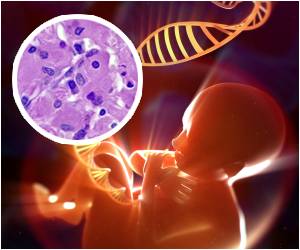A program that predicts the placement of chemical marks that control the activity of genes based on sequences of DNA has been developed.

"All of our cells have the same blueprint, the same DNA, although they serve separate functions," said John Whitaker, lead author of the report. "Skin cells protect, nerve cells send signals, and these differences emerge because different subsets of genes are active or silent within particular kinds of cells."
These patterns of activity are controlled by modifications of the DNA that do not alter its sequence—chemical tags that influence which genes are read and which are skipped within a particular cell.
By comparing sequences with and without epigenomic modification, the researchers identified DNA patterns associated with the changes. They call this novel analysis pipeline Epigram and have made both the program and the DNA motifs they identified openly available to other scientists.
"The interplay between genetic and epigenomic regulation has only begun to be deciphered," said Wei Wang, professor of chemistry and biochemistry who directed the work. "This study revealed that there are specific DNA sequences that are recognized by DNA-binding proteins," which specify exactly where other enzymes place epigenomic marks.
The epigenome guides the development of complex organisms from single fertilized eggs. The researchers analyzed epigenomic patterns in human embryonic stem cells and four cell lineages derived from them to catalogue genetic elements that shape the epigenome during development.
Advertisement
Advertisement










